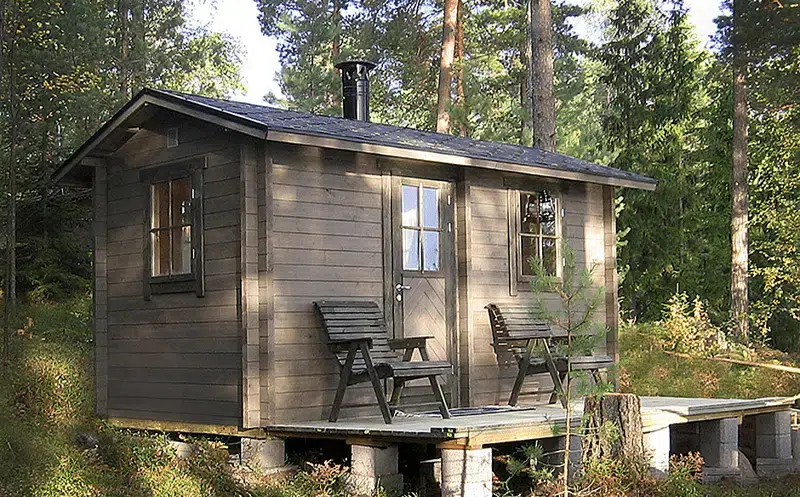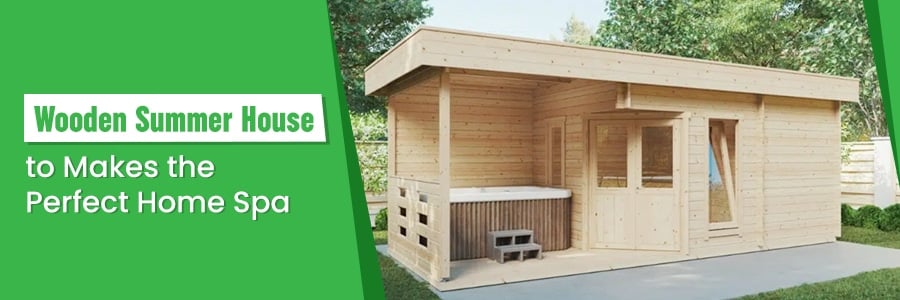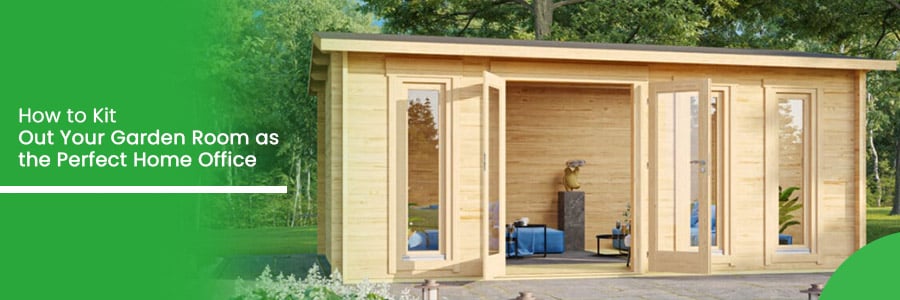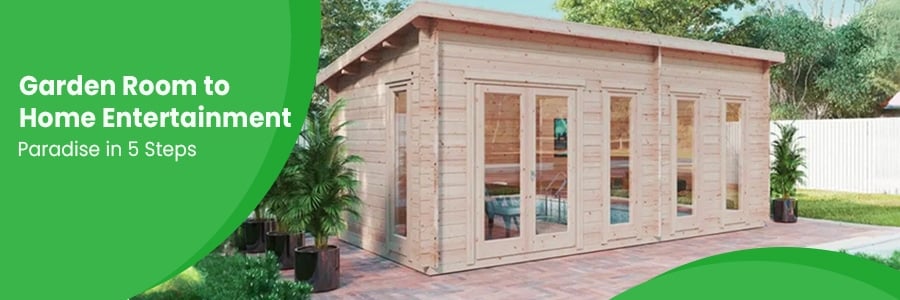Some Early Gardening Around The Summer House This Year
16.01.2018
Have you brought your summer house or your garden shed – whatever it is – in shape for the next garden season yet? If not, read our previous article about how to make your summer house or garden shed fit for spring!
As soon as this is done, you might as well start gardening right away. How to work in the garden in late January and February? We will show you some sensible things to do in the following article.
Early seeds in the summer house
If you use your summer house or garden shed mainly for gardening or for other purposes, a summerhouse can help you to grow some healthy foods even during the winter, for example cultivating microgreens on the windowsill. There is a growing trend to grow your own food all over the world right now mainly because people demand healthy and organic food without any artificial chemicals in it. So if you are new to this topic or if you already are a passionate hobby-gardener: involving yourself with food production in the garden might be beneficial in many ways.
After the quiet season with some spare time over the holidays to check the internet for possibilities, new methods of growing and composting, and tips, the end of January to the beginning of February is the time, passionate hobby-gardeners get a bit itchy to plant some seeds and do some gardening.
Already in late January to early February, the summer house or garden shed can be used for some early sowing of vegetables that come from warmer regions and would profit from a prolonged growing season.
From members of the cabbage family, like red or white cabbage, cauliflower or kale, over onions and garlic to artichokes: Many vegetables can spend the first weeks of their lives indoors, for example on the windowsill of your summer house or garden shed and get planted into the garden in April or May, when the soil temperatures outside allow for an awakening of the soil food web at over about 5°C at about 10cm depth. With growing soil temperatures in April and May, the growth speed of the vegetables will take another rise.
Of course, these seeds can also be propagated on the window shelf in the house. However, it is essential, that the seedlings get enough light and low temperatures above zero. Both: too high temperature and too little light would lead to etiolation.
Another group of sun and warmth-loving vegetables are from the nightshade family: Tomatoes, peppers and eggplants are popular candidates for early planting in the summer houses and garden sheds because they grow slower in the UK than they do in their native countries and so the gardener prologues the vegetation period to be able to harvest before December. However, these seeds need a higher temperature to sprout. They might be good to sow out early in summer houses that are frequently heated or even in the main house, for example in the bedroom.
Some early seeds for ornamental gardeners are Lilies, Geraniums, Gladiolus, Begonias, and Ranunculus.
What does your summer house need to be a good place for early vegetable propagation?
If your summer house is one of the modern models with floor to ceiling windows and also equipped with a heating and insulated, then you got the ideal conditions for cold resistant varieties, except you need to heat it up every day. You might sow your seeds in seed bowls on the floor which should be protected by vinyl or linoleum even if the bowls are in trays.
With smaller windows, like in garden sheds or log cabins, you could put a table under the window or enlarge the inner windowsill with a piece of hardboard or some planks. A frost guard might be enough to keep the temperatures above freezing during the few cold nights to be expected.
You should keep the windows closed during the most times but don’t forget to shock ventilate the summer house regularly on warmer days because the watering of the seeds will cause some increase of moisture in the air.
Raised beds and hot beds at the summer house
To build these might be another good idea to be able to plant out early at the summer house. Both use a base of rotting organic material to produce heat. The warm soil makes the vegetables grow quicker and if they are covered it will also heat up the air around them.
Early seeds like frost resistant carrots, garlic, kale, peas, beans, salads, radish, and turnip can be started as early as February in these kinds of beds. Especially raised beds with their frame of timber always also provide the opportunity to mount a transparent roof over them, possibly foldable to regulate the climate inside also during the first warmer days.
So if you maintain a workshop with some tools for gardening and woodworking in your summer house or garden shed, and if you have some interest to grow some tasty and healthy veggies in your own garden, you might have a busy February long before the beginning of the gardening season if you follow some of our tips about early planting here.
If you have not yet the privilege to own a summer house or garden shed to support your gardening, please have a look at our portfolio!
Categories:
BlogWant to discuss over phone. Let us call back to you
If you need any additional info regarding any product, please fill in the below form and we will get back to you, usually the same or next working day.
Have any questions regarding some product?
If you need any additional info regarding any product, please send us your questions.



